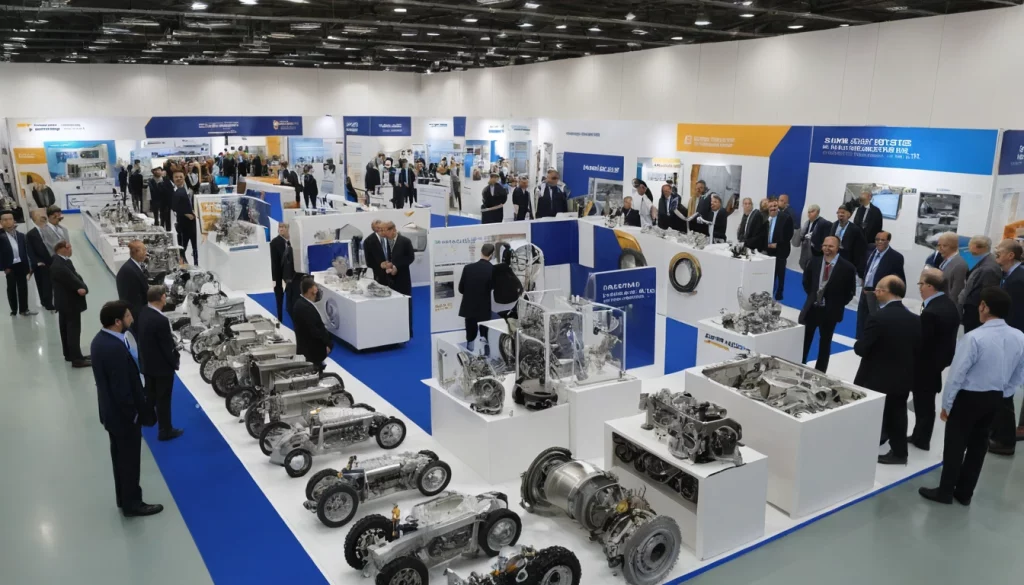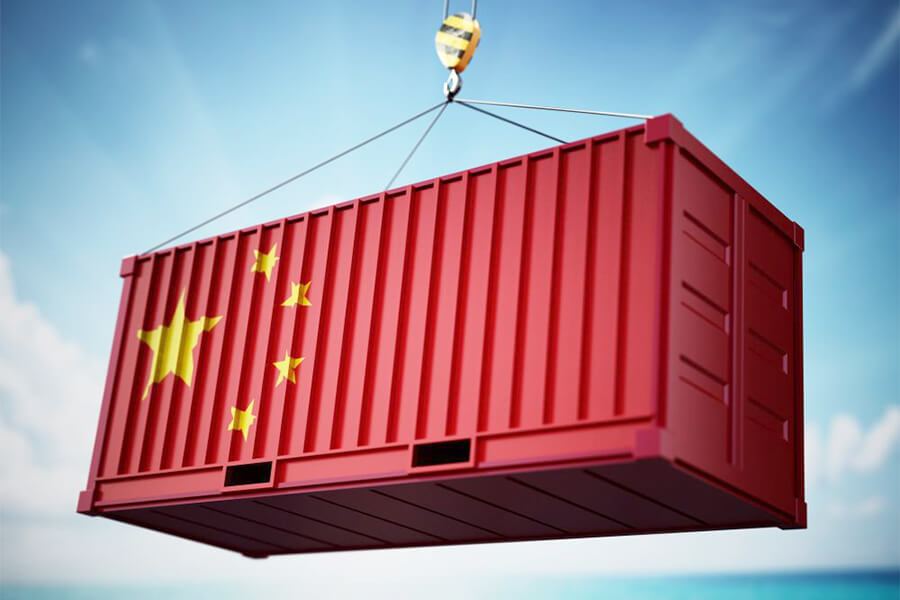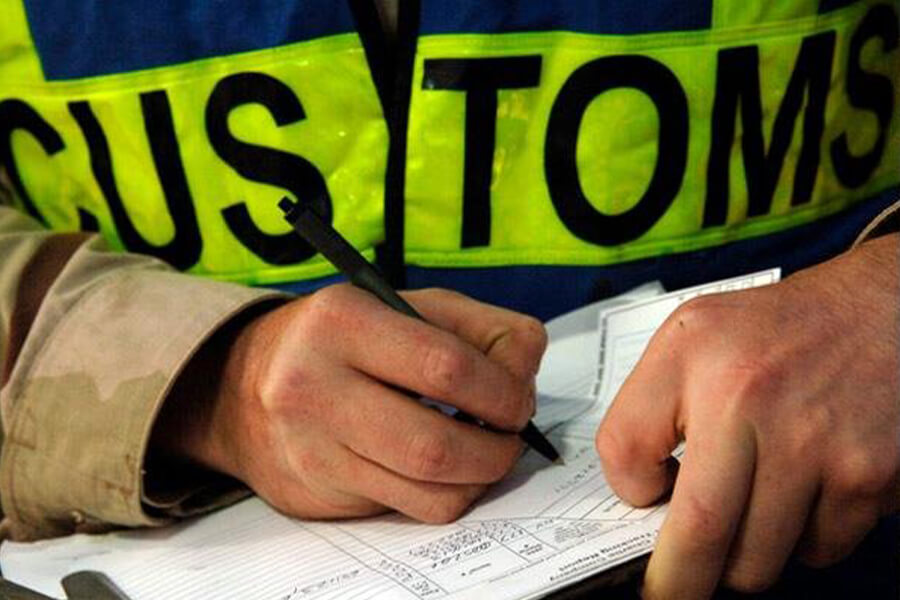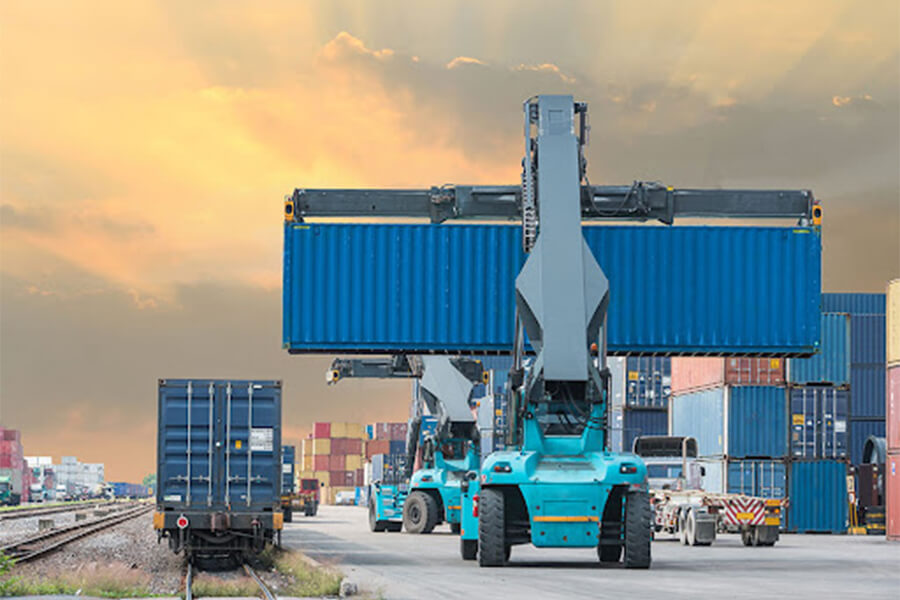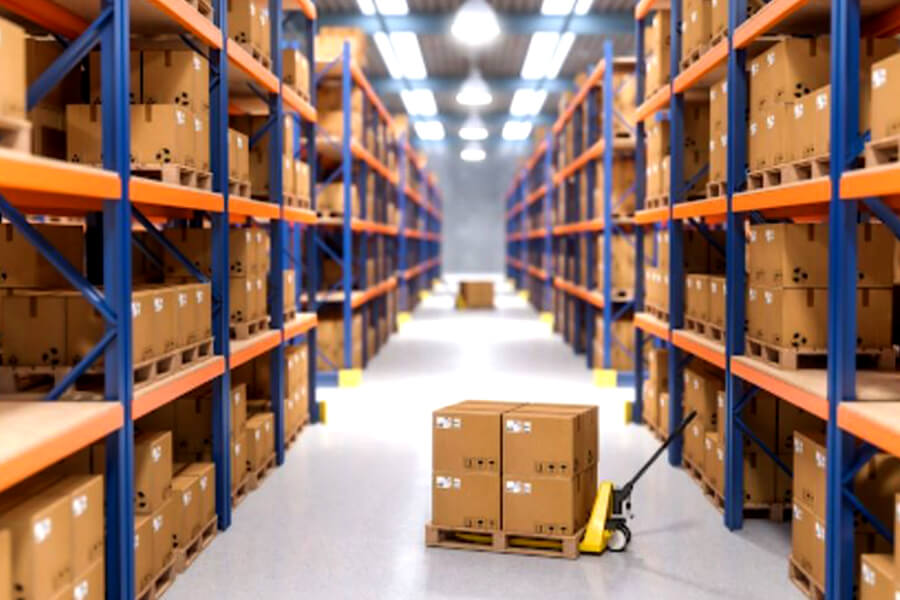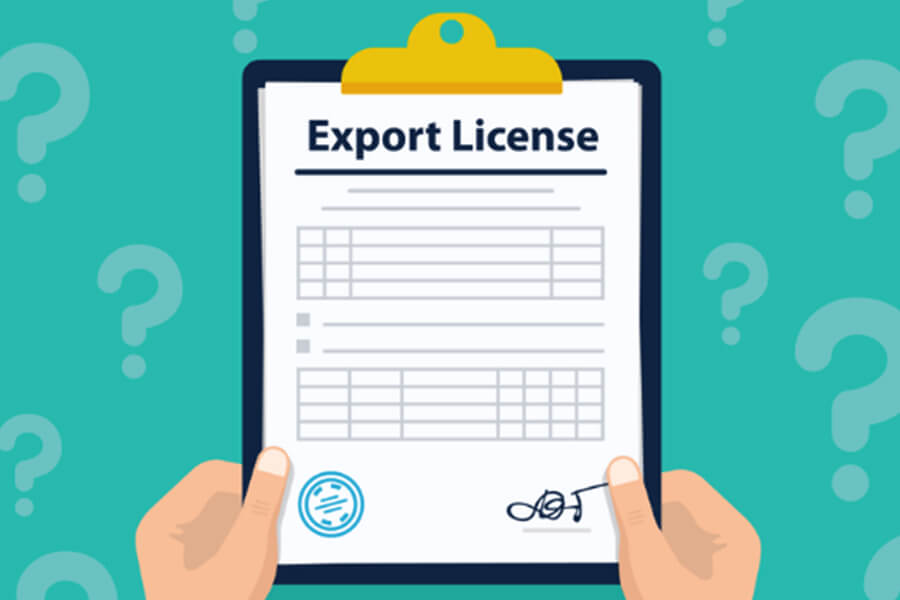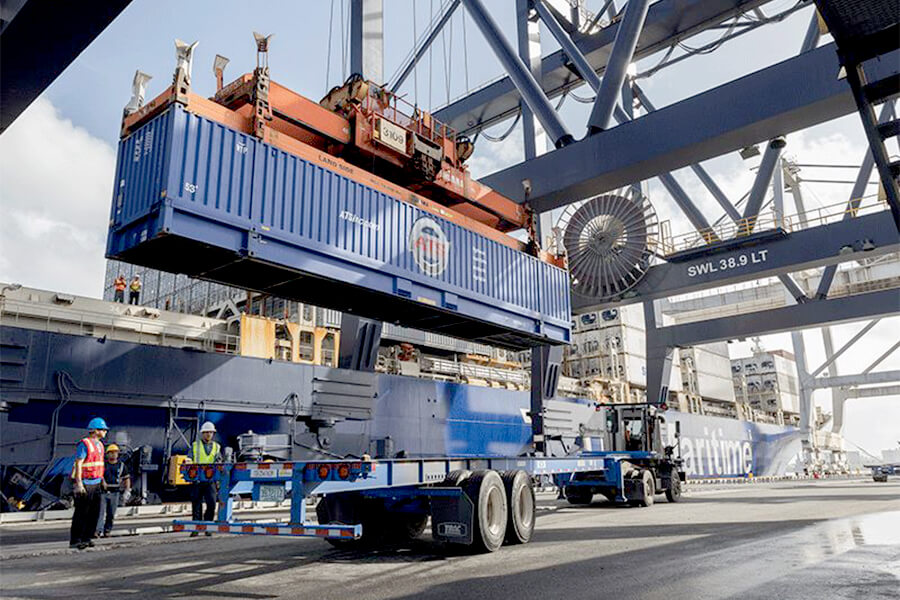Importing spare parts from China is one of the key and lucrative opportunities for Iranian traders and companies. Given the quality and reasonable prices of these products, China is recognized as one of the largest suppliers of spare parts globally. In this article, we explore the steps of importing spare parts from China, key points, and challenges associated with this process, so importers can accurately familiarize themselves with the stages and requirements of this route.
1. Advantages of Importing Spare Parts from China
One of the main advantages of importing spare parts from China is the reasonable price and high product variety. Due to its extensive production network and use of modern technologies, China is capable of producing high-quality spare parts at a low cost. This helps Iranian importers offer high-quality products to the market at lower costs and increase their competitiveness.
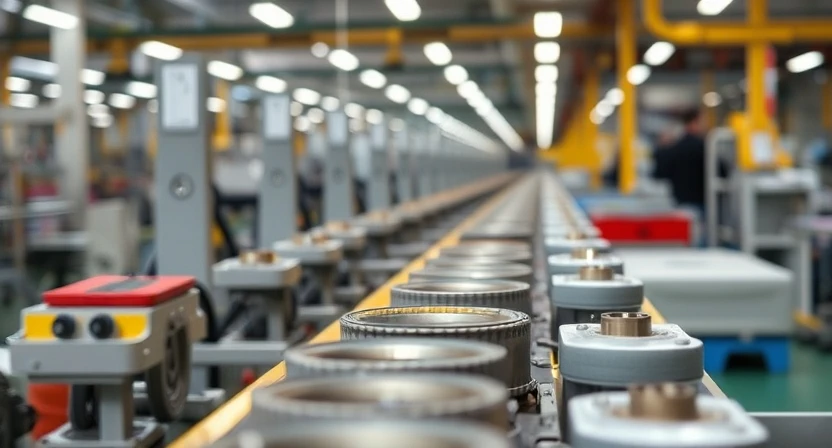
2. Steps to Obtain Spare Parts Import License
To import spare parts from China, the necessary permits must first be obtained from the relevant authorities. These permits include the Ministry of Industry, Mining, and Trade’s license, as well as certificates related to product standards. The importer must complete all required documents and submit the application to the relevant authorities. This step is of great importance, as without these permits, customs clearance of the goods will not be possible.

3. Selecting a Suitable Supplier
Selecting a suitable supplier is one of the most important steps in the import process. The importer must conduct thorough research and investigation to select a supplier that can provide high-quality products that meet the required standards. Collaborating with reputable suppliers and large companies can reduce the risk of importing low-quality goods. Reviewing business records and using recommendations from other traders can help make a better choice.

4. Quality and Standards Inspection of Products
After selecting the supplier, the importer must ensure the quality and standards of the products. Conducting quality inspections and obtaining the necessary certifications before shipping the goods to Iran are essential steps that help reduce the risk of importing substandard goods. Utilizing the services of independent inspection companies can help ensure product quality.
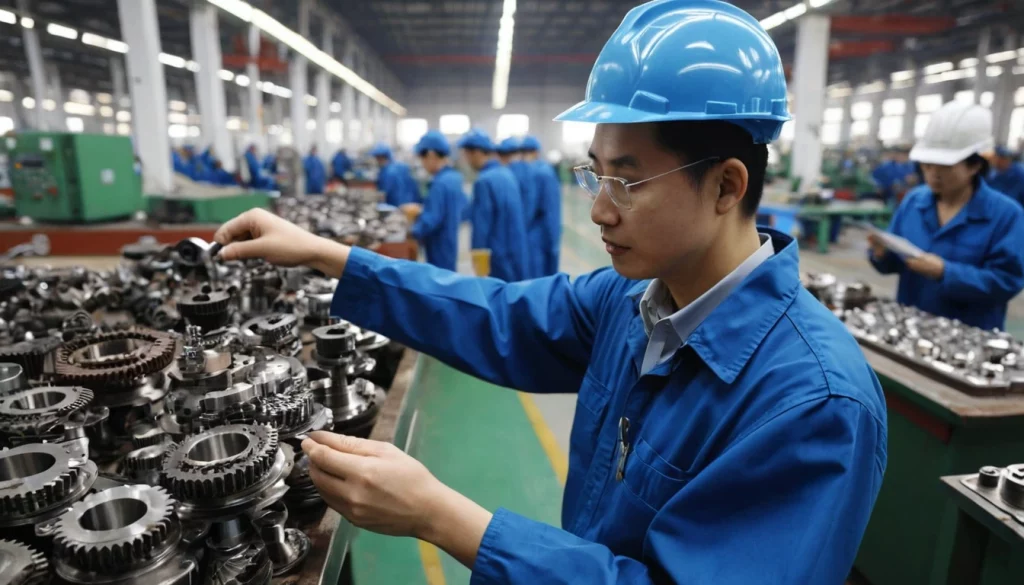
5. Conclude Purchase and Transportation Contract
After confirming the quality of the goods, a purchase contract must be concluded with the supplier. This contract should include the terms of purchase, delivery time, price, payment conditions, and other details. Additionally, coordination with transportation companies for shipping the goods to Iran is another important step in the import process. Choosing the appropriate mode of transportation (sea, air, or land) depends on the type of goods and the required delivery time, and it is of great importance. The transportation conditions and insurance must also be precisely specified in the contract.
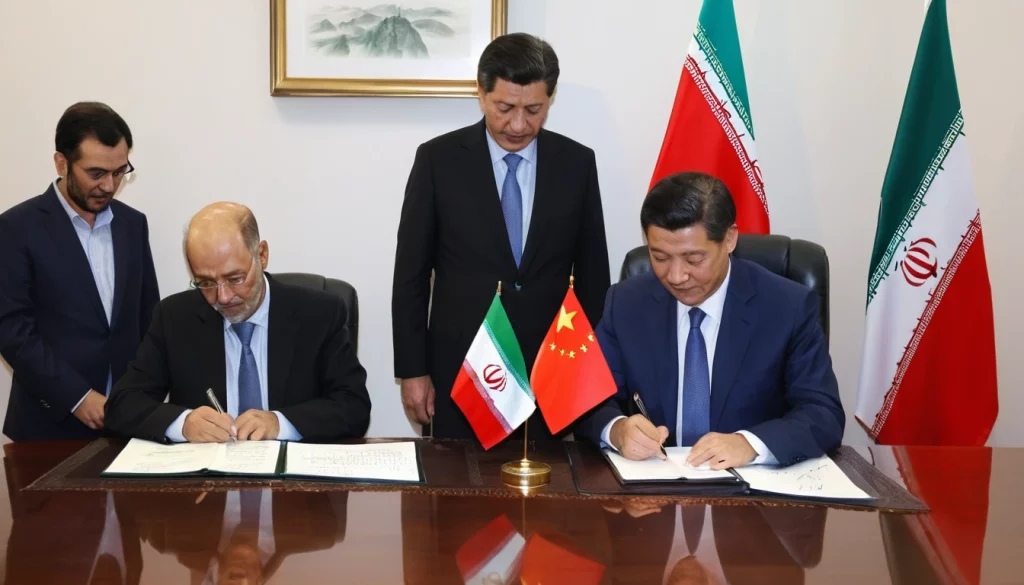
6. Customs Clearance of Goods
After the goods enter the country, the importer must initiate the customs clearance process. This process includes submitting documents, paying customs duties, and completing the related formalities. Customs clearance requires accuracy and cooperation with customs officers to ensure all steps are completed correctly. Utilizing the services of customs brokers can help expedite this process and reduce potential problems.
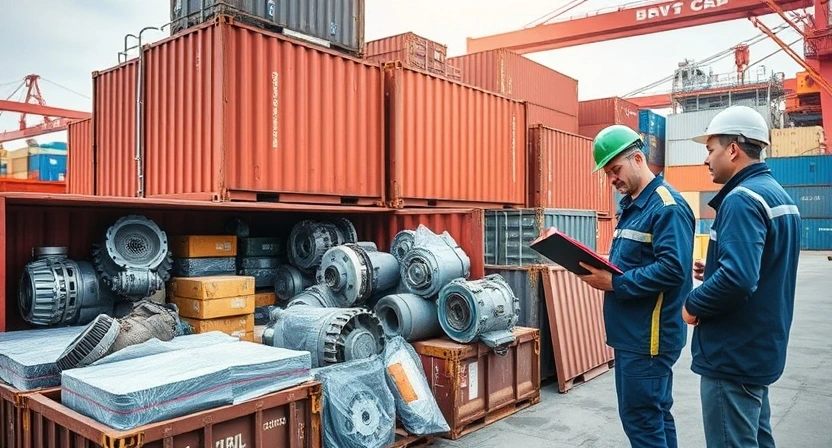
7. Challenges of Importing Spare Parts from China
Importing spare parts from China comes with challenges that must be taken into account. These challenges include transportation issues, exchange rate fluctuations, the risk of importing low-quality goods, and cultural differences in negotiations. Importers should manage these challenges through careful planning and by utilizing legal and business advisors. Exchange rate fluctuations can have a significant impact on import costs, so precise financial management and the use of appropriate financial instruments are crucial.
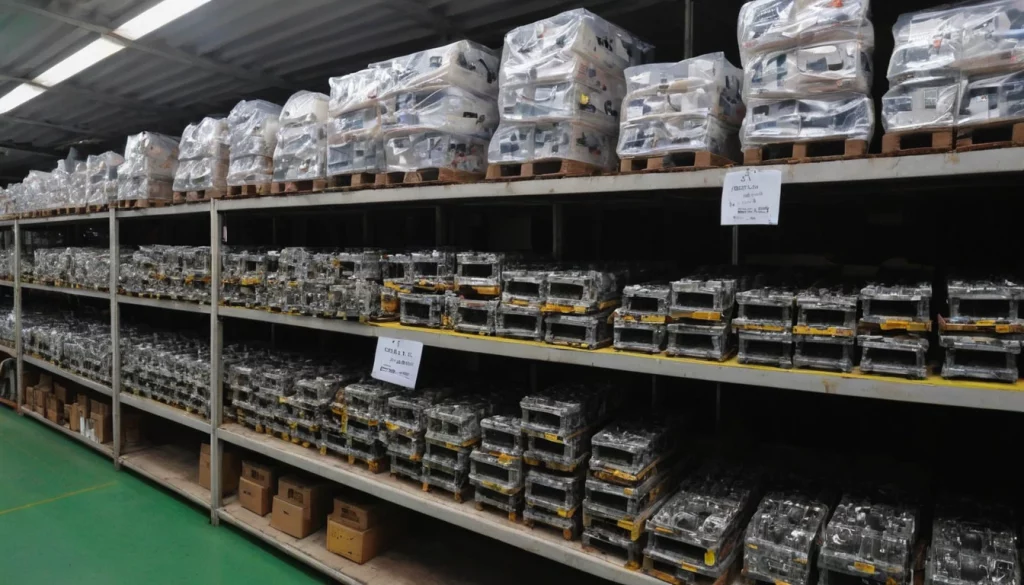
8. Key Points for Success in Importing Spare Parts
To succeed in importing spare parts from China, it is essential to follow several key points. These include thorough research on suppliers, quality inspection of products, proper planning for transportation, and precise financial management. Additionally, importers must stay updated with changes in import laws and regulations to ensure a smooth import process. Knowledge of customs laws and regulations related to importing spare parts, cooperation with reputable companies, and careful contract management are factors that can contribute to the success of importers.

Conclusion
Importing spare parts from China can be a great opportunity to meet domestic market needs and increase profitability, but it requires careful attention and awareness of the steps and challenges involved. By selecting the right supplier, inspecting product quality, and completing all legal and customs formalities, importers can take advantage of market opportunities and deliver high-quality products to customers. To succeed in this path, precise planning, risk management, and awareness of all import and transportation details are essential.
